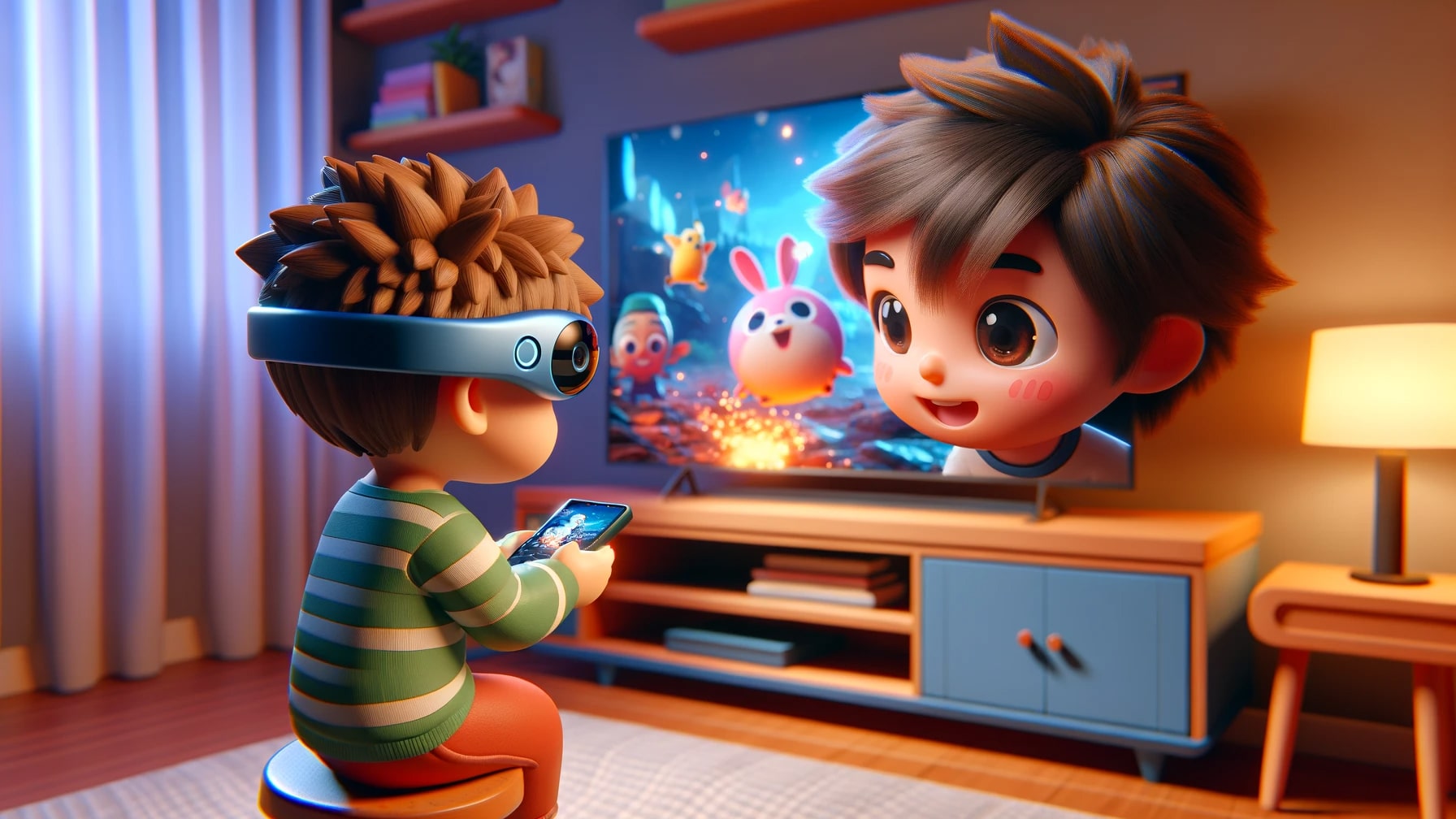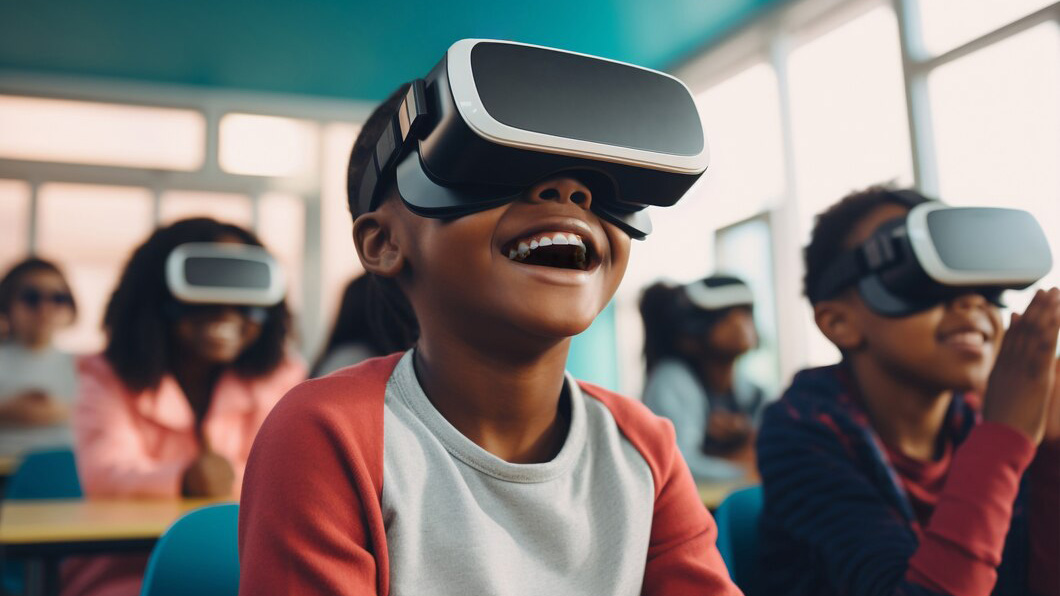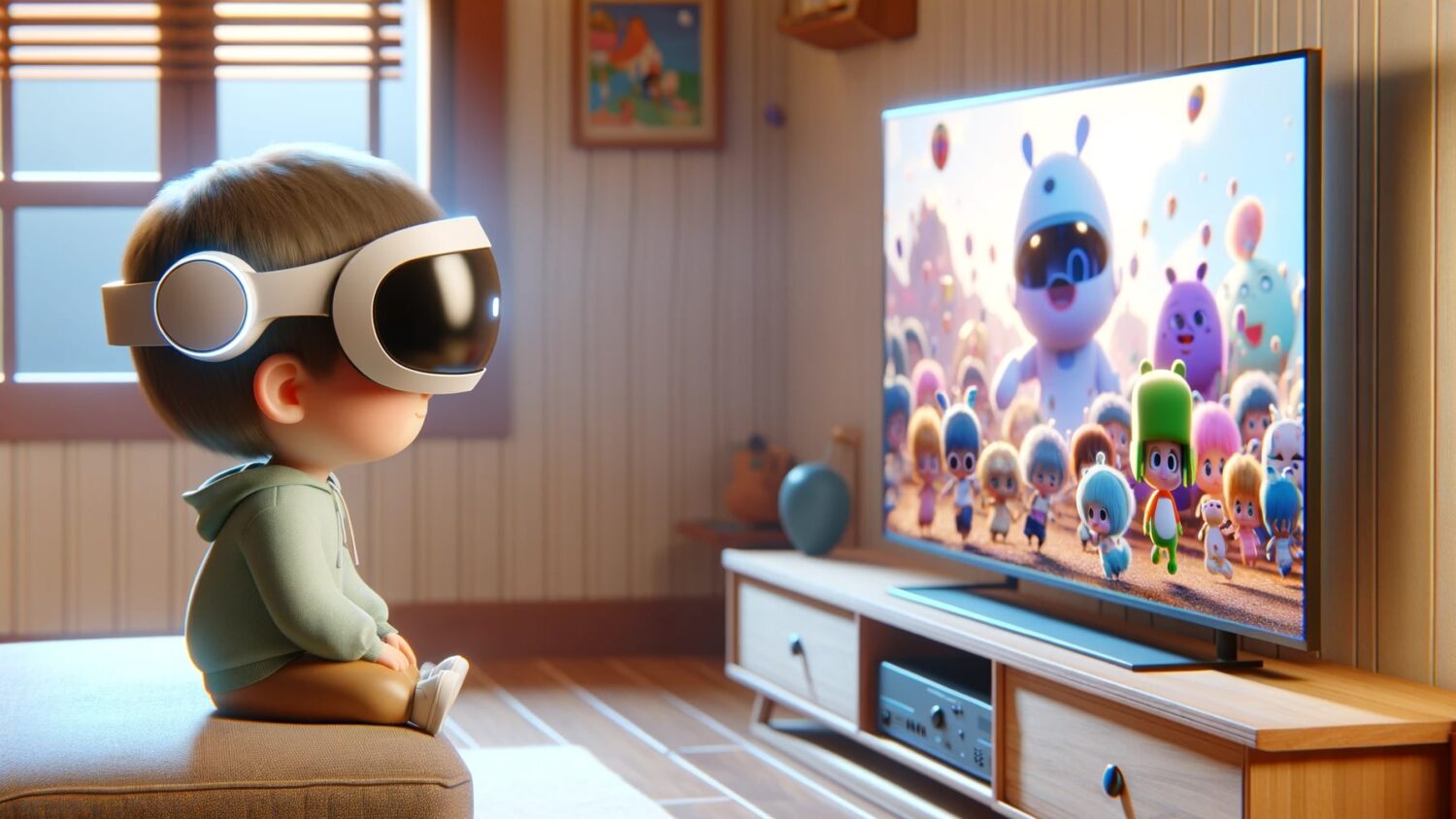Animation is not just in movies and games anymore. Today, you can see it in TV ads, medical operations, and even educational institutions. In many industries, animation has become a powerful magic wand to capture the eyes and hearts of the audience. How? Why? One word: Storytelling.
Compared to movies, animators have the power to engage the audience by tapping into their deepest emotions. Now, with the craze around Virtual Reality (VR) and Augmented Reality (AR), they can take storytelling to a whole new level. Let’s see how.
Virtual Reality (VR) & Augmented Reality (AR) in Animation

In the field of animation, AR and VR are indispensable. By putting users in beautiful settings and letting them connect with them in genuine ways, they allow viewers to step inside the story. Let’s see how these two technologies play out in the world of animation:
VR in Animation
Simply put, VR animation creates a simulated environment and places the user inside an experience. This means animators must now stage animation to help their audience step inside and move through the story. With VR, people can look around from any direction. In other words, there is no longer the normal cutting of straight stories and photography.
For VR animation, animators can’t just work with fixed camera angles. They need to tap into multiple points of view that change all the time, just like in real life.

AR in Animation
AR animation lets you make experiences instead of just pictures because it doesn’t limit the experience to a 2D screen. This gives you more ways to be creative, like using real-life problems to tell stories and solve them interactively.
It’s harder to make AR projects because you need to know more about both graphics and technology. But, in general, AR/VR cuts down on costs and speeds up the production process because you no longer have to deal with physical locations and props. Instead, you can direct all of your energy to storytelling, and AR/VR is perfect for this.

Immersive Storytelling Through AR/VR Animation
VR and AR have already had a big effect on games, and they could also have a big effect on animation. This new technology lets artists enter their characters’ worlds, giving them a whole new way to create and enhance animation worlds.

The experience is more intense than ever with VR and AR because people are no longer viewers; They are a part of the story. This means that there are lots of cool new ways to teach, train, and tell stories that are engaging. With AR/VR, animators can:
Immerse People in the Story
AR and VR stories tend to make users feel like they are part of the drama as they engage with the characters and items that are in the story. It’s different from normal storytelling because you’re not just watching the story happen.
To some extent, based on the creator and writers, you may be able to engage with the story or change its direction. And this brings a whole new level of immersion to stories, bridging the gap between reality and animation.
Create a New Level of Interaction
VR and AR are the backbone of the storytelling experience that unfolds before your eyes in the actual world. Even if you’re not looking at the screen, you can still see people, movements, and imaginary scenes.
Specifically, with AR storytelling, you can leverage GPS signals to interact with digital elements in real-life settings. This will make it possible to do things like explore historical places with animated characters.
Let Viewers Develop an Emotional Bond
As you know, one great thing about VR stories is that they can give you a sense of presence, which means you feel like you’re really there in the animation. Because you may experience the story via your senses of sight, sound, and touch, being physically there will increase your involvement, empathy, and enjoyment.
Because you are physically there, you are more emotionally invested in the tale and its events, and your decisions have more of an impact on its conclusion.
Imagine yourself transitioning from being an audience member to an active participant in a tale. Whether it’s seeing a beloved hero or even taking control of the action themselves, VR animation will allow viewers to seamlessly transport themselves to the fantasy realms.
Capture People’s Attention via Visuals
Animation storytelling in AR will not only include people but also include cases where top-quality visuals take your engagement to another level. This allows the viewer to immerse themselves in the animation’s universe while enjoying the developer-added visual effects and creative components.
Eventually, as technology improves, this will lead to huge digital impacts that will change the way we interact with animation.
Get as Creative as they Like
Another benefit of VR stories is that they can help you be more creative, which means coming up with and sharing new and useful ideas. Being creative can give you more control and interaction, since you can make up your own narratives, protagonists, and settings, then share them with other people.
You can play with and try out different situations, points of view, and styles when you’re creative, which can also give you the tools to immerse viewers as much as possible in the story. But being creative can also mean needing skills, equipment, and assistance. Besides the creative side, you need expertise on the technical front as well.
We’ll show you how to get these experts on your team, but first, let’s see some successful cases of AR/VR storytelling in animation.
Real-life Examples of AR & VR in Animation
In order to present fresh stories with an undeniable feeling of presence, animation studios are using AR and VR to push the frontiers of storytelling. So, more people than ever before are interested in augmented and virtual reality storytelling.
Here are five prime examples of AR & VR storytelling in animation and animated gaming.
Dear Angelica
In the short film Dear Angelica, we follow a daughter as she looks back on her mother’s filmography and recalls the good times they had together. The combination of spatial audio and an artistic approach transports the audience on an evocative and surreal journey.
From the elaborate dream scenes in Angelica’s films to the crude figure of Jessica, who is lying in bed with her letters scattered on the floor, the scenes are both detailed and immersive. As you go through each part, you’ll encounter Jessica’s memories as they materialize, linger, and fade away, all within the framework of a vague dream.
Virtual reality engulfs your senses to the point that you no longer distinguish between real-life movement and virtual experiences. A fantasy universe seamlessly envelops you, giving you the chance to experience the story rather than moving around with a mouse.
INVASION!
The animation is entertaining without being too realistic, maintaining immersion to a reasonable degree. There aren’t shifting angles in any scene since the angle is fixed. A cute little rabbit jumps over to smell the camera while we stand there.In this way, we become real people in the animation world. We are not just observers of the drama as it develops. On the contrary, we take an active role. From the introduction of a rabbit to the abduction by aliens, the video’s excitement quickly builds, keeping viewers engrossed from start to finish.Right from the outset, users are captivated by this subtle, wordless narrative. It piques your curiosity and directs your gaze.
The Under Presents: Tempest
Virtual reality (VR) in The Under Presents is on another level. In the original game, you essentially act as your own character as you move around the environment. At the start of the performance, they take you to a campfire where you see a person who, according to the show’s backstory, was supposed to portray the role of Prospero in a real theatrical production.
Throughout the story, you hear the narrative from your guide while you go through fascinating, surreal experiences and act out scenes from the plot. To take it to the next level, you may customize your avatars with different items. What’s cool is that you can play a character, fall in love, get married, etc. This is immersion at its highest level.
Crow: The Legend
This is one of the finest examples of VR in animation. Users can see in any direction with the complete VR setup. In certain parts, the audience can actively participate, while in others, the story unfolds in a more conventional fashion. Maybe the most notable point is the strong sense of agency that the audience has in the narrative.
Here, you take on the role of the “spirit of the seasons,” bringing the arrival of winter to the lovely home of a band of happy creatures by sprinkling snow into their jungle. Some parts require direct audience participation; for example, using the controls to scatter snow and petals, or even playing a piece of music. Essentially, you feel as if you are a part of the drama as it unfolds.
Wolves in the Walls
In Fable Studio’s animation, you see a little girl called Lucy who is eight years old. She has an unsettling moment when she hears what seems like wolves howling behind the walls of her family’s house. Nobody understands her since she is the only one who hears such noises.
You could think you’re in a dream when watching the animation. In this scenario, you don’t exist; you are invisible, and you don’t even have a body. Regardless, you have the ability to engage with the environment and even collaborate with Lucy on certain tasks. She probably thinks of you as her imaginary buddy… all the sounds and sights you see are products of the girl’s imagination.
The point of the tale is for you to feel very connected to Lucy. She talks to you constantly and has deep feelings like joy and sadness. Only you can form an emotional connection with her since she is the only person who knows about you. Since you, like her, are hearing those terrifying noises, you are the sole person who believes her. The fact that she knows she can count on you only deepens your bond.
A Look Into the Future

There is unlimited room for creativity when AR and VR technologies come together. AR can enhance virtual reality experiences by generating landscapes and people that are both lively and responsive. Together, these two technologies allow real-time changes to happen based on how users interact with the stories. This makes the stories more flexible and unique.
Of course, you have to know that using AR and VR is not just about artistic creativity. You also need expertise, infrastructure, and resources to capture the hearts of your audience with your AR/VR storytelling.
Luckily, we have an excellent track record in helping animation studios and creators to do just that. We can do that for you too. Just get in touch and let’s start creating!

